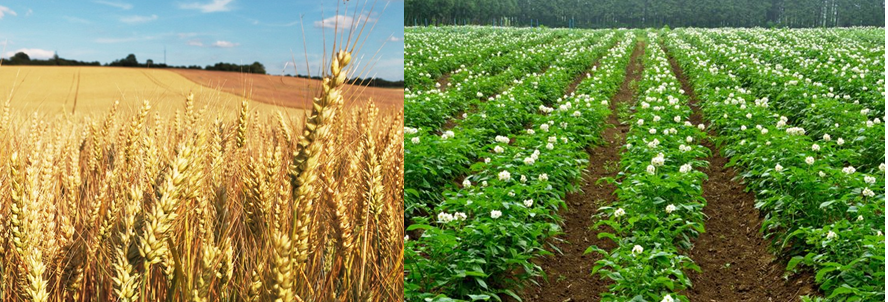Starch, a plant-derived insoluble carbohydrate composed of glucose polymers, is the principal carbohydrate in our diet and valuable raw material for industry.

The properties of starch depend on the arrangement of glucose units within the constituent polymers. However, key aspects of starch structure and the underlying biosynthetic processes are not well understood, limiting progress towards the targeted improvement of our starch crops. In particular, the major component of starch, amylopectin, has a complex three-dimensional, branched architecture. This architecture stems from the combined actions of a multitude of enzymes, each having broad specificities that are difficult to capture experimentally. This review reflects on experimental approaches and limitations to decipher the enzymes’ specificities and explore possibilities for in silico simulations of these activities. It is believed that the synergy between experimentation and simulation is needed for the correct interpretation of experimental data and holds the potential to greatly advance our understanding of the overall starch biosynthetic process. The authors propose that the formation of glucan secondary structures, concomitant with its synthesis, is a previously overlooked factor that directly affects amylopectin architecture through its impact on enzyme function.




